#ancient weapon
Explore tagged Tumblr posts
Text

A FINE EUROPEAN BRONZE SWORD 10TH CENTURY B.C.
The long blade gently broadening below the tip, with medial ridge stepped towards the base and flanked by chased lines, multiple dots beside the lower serrated edges, the hilt with arched guard riveted to the blade and a concave disc pommel enclosing knob terminal, the hilt with traces of elaborate chased linear decoration including multiple wave motif, herringbone, dots and concentric lines. 24¼ in. (61.7 cm.) high.
#A FINE EUROPEAN BRONZE SWORD#10TH CENTURY B.C.#bronze#bronze sword#weapon#ancient weapon#ancient artifact#archeology#archeolgst#history#history news#ancient history#ancient culture#ancient civilizations#bronze age history
44 notes
·
View notes
Text
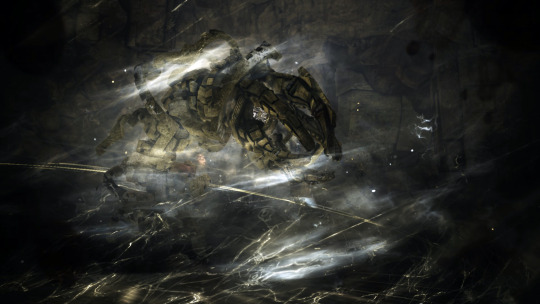

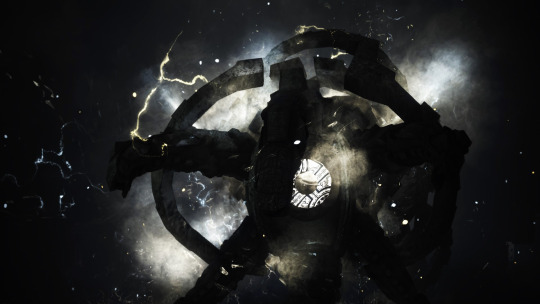

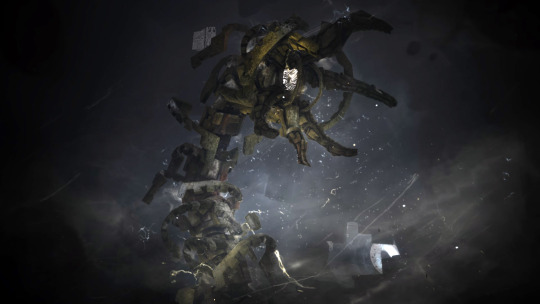

More Thundercloud Kutum
[EU] Unikornu
#black desert online#black desert#bdo#black desert screenshot#blackdesert#screenshot#non edit#bdo discord#screenshot submission#world boss#kutum#ancient weapon#thundercloud kutum#family unikornu#eu
10 notes
·
View notes
Text







Linktober Day 15; La Abu Ridge!
The blood moon snuck up on them while they’re clearing a monster camp. Good thing Link has a pocket ghost friend nobody knew about!
((What a familiar song… Zelda always had an ear for music. Maybe she can collect it for future analysis?))
Totk Au’s called Familiar Familiar, and focused on Link and Zelda being travel buddies through a post Upheaval Hyrule.
And here’s my patreon for Spoilers and Sketches!
#critdraws#art#linktober 2024#familiar familiar au#lonks diary#link#zelda#loz#tloz#the legend of zelda#fire sage#loz goron#loz link#loz zelda#botw#totk#botw au#totk au#tears of the kingdom#tears of the kingdom au#breath of the wild au#loz comic#legend of zelda#its time for zelda to give link cardiac arrests for a change#directly taken from gameplay where i broke my one nice weapon during a blood moon phenomenon#ancient goron#ancient goron save me#totk link#totk zelda#bokoblin
5K notes
·
View notes
Text
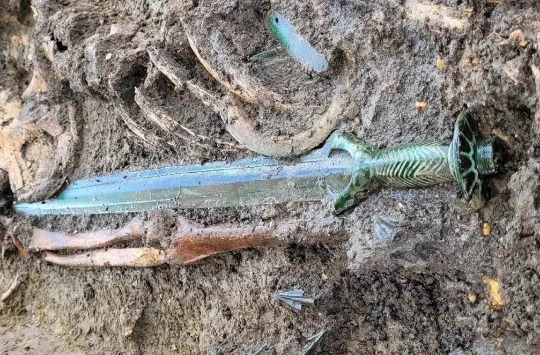

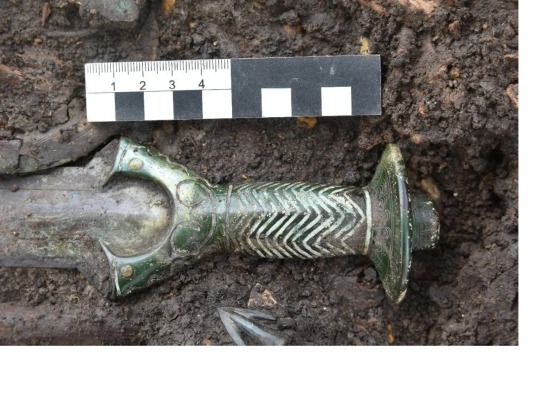
A 3,000-year-old bronze sword that was unearthed in Germany.
Via Reddit
1K notes
·
View notes
Text

Two Bronze Age Reconstructed Daggers, Perth Museum, Scotland
#ice age#bronze age#stone age#iron age#prehistoric#prehistory#neolithic#mesolithic#paleolithic#archaeology#ancient craft#metalwork#metalworking#dagger#weapons#ritual#blade#knife#ancient cultures#ancient living#ancient crafts#Scotland
189 notes
·
View notes
Text










Ancient Arms and Armor
at the Metropolitan Museum of Art.
Pt. 6/6
#armor#weapons#sword#kopis#helmet#cuirass#etruscan#greek#ancient greece#classical period#bronze age#china#themet#metmuseum#art#history
226 notes
·
View notes
Text

it's for real this time you guys trust me it's really gonna happen
#DON'T SPOIL ME IF THIS IS ACTUALLY THE CASE IT'S JUST MY THEORY AND I WANT TO BE SURPRISED#but like... the skull shape first of all. i wouldn't be surprised if arkveld was said to be extinct bc of the ancient civilization#killing off all its kind and using parts for the edw#and this game is supposed to be about the balance between man and nature so what could be a better final boss than the manifestation#of what imbalance looks like?#also nata says 'you have a weapon and you do nothing? give it to me! and i'll...' which kind of echoes sentiments from the great dragon war#i.e. 'if we don't kill all the dragons they'll kill us'#AND a big part of arkveld is that it is chained. for what reason? hmmm... its music + cries are so sad too...#the edw is my favorite bit of non-canon mh lore. it freaks me out lol. so maybe i'm biased#but...... i think it could happen!!#and it could be a little 20th anniversary treat#monster hunter wilds#monster hunter#equal dragon weapon#arkveld#mhwilds#again LEAKERS AND DATAMINE READERS DNI i don't wanna hear a PEEP#rook roars!
88 notes
·
View notes
Text


from yesterday's study session <3 currently translating a fable from ancient greek into my native language
#ancient greek#dark academia#student#study aesthetic#study blog#study motivation#studyblr#studying#studyinspo#studyspo#study study study#university#student life#school#high school#college#romanticizing school#romanticizing studying#uni studyblr#uniblr#uni student#uni life#academics#college life#dark academism#dark academia lifestyle#dark acadamia aesthetic#light academia#academic validation#academic weapon
109 notes
·
View notes
Text
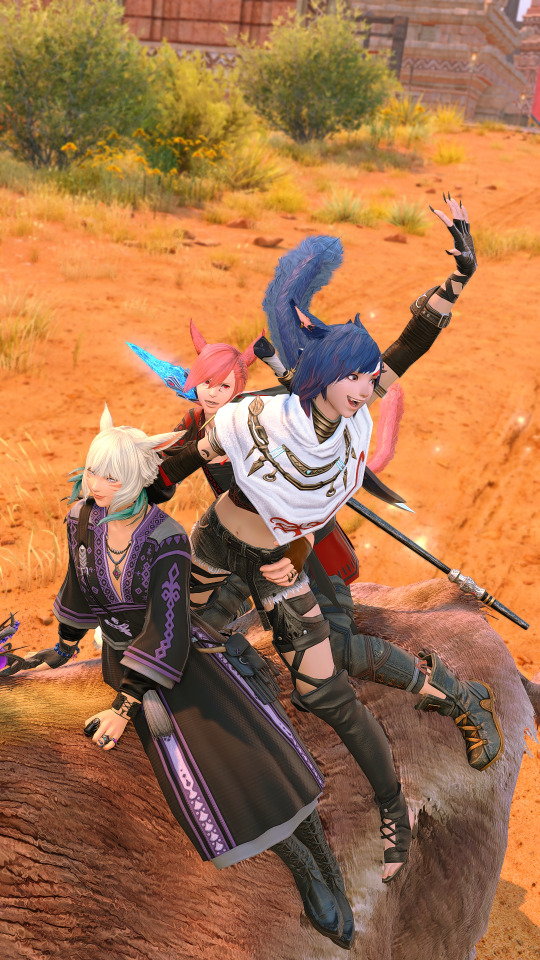

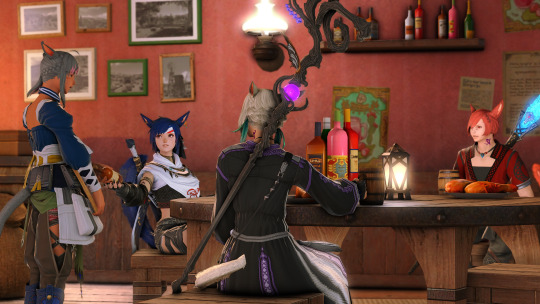
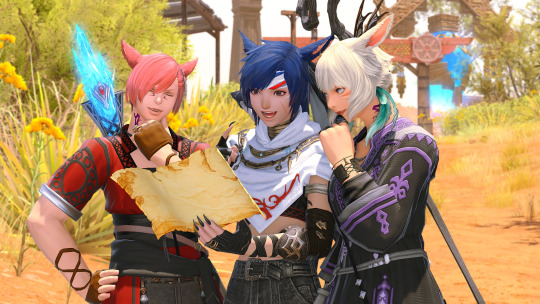
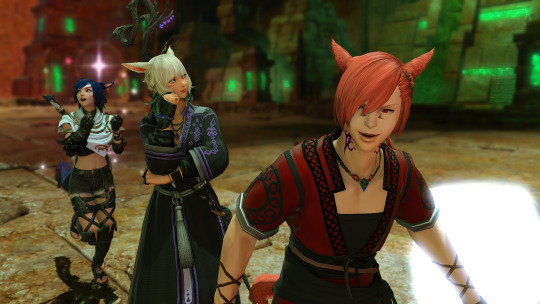
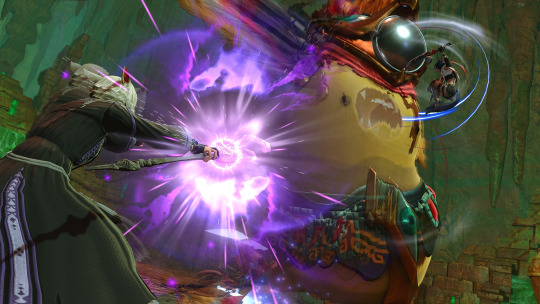
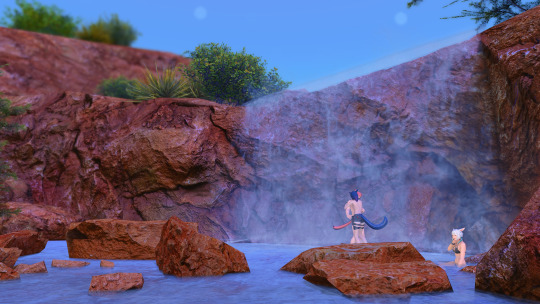
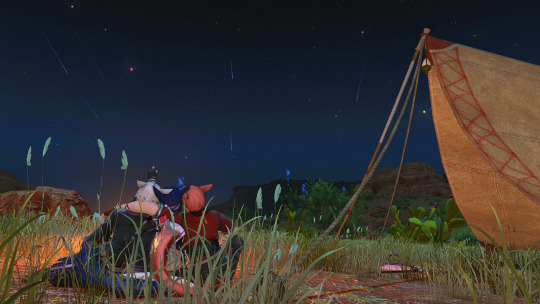
Honeymoon pt.5 - Shaaloani
Aetherically, there are some striking differences; but in form alone the similarities to The Qitana Ravel are uncanny. That such ruins could exist both on the first and the source.... This has given me much to think about. Come, you two, let us freshen up and make camp before nightfall. Our adventures may continue tomorrow.
<<prev//next>>
#ffxiv#ffxiv gpose#wolgraha#wolshtola#y'shtola x wol#y'shtola rhul#g'raha tia#Arsay Nun#graharshtola#dawntrail#dawntrail spoilers#Tent mod is by magic mods on ko-fi#a minor canon adjustment for arsay and the gang#they get into tender valley while trying to do a treasure map lol#my idea here is that estinien and arsay bonded over doing a treasure map so he left one with the bar staff to surprise her with#when she inevitably stopped by#call it a wedding gift i suppose haha#as for the researcher - Arsay will bump into the guy at a slightly later date#the first tender valley image is a reference to my miqomarch2023 quitana ravel gpose set lol i wanted to do a fun call back#arsay just loves old ruins from ancient civilizations she thinks they are so cool!!#and yes I know shes holding her weapons like a viper but then doing a ninja attack its not important#i think making yshtola's dress took as much time as making all these gposes lol#it was worth it tho she's so cute in it#ill take some glamshots of it at some point lol
124 notes
·
View notes
Text
DP X DC WRITING PROMPT #10
(#) = Notes at end of post
TW: mentions of human experimentation and blood
✦
The Sapphire Stone Sits Highest on the Throne
The GIW have done the unthinkable. They've captured Phantom, King of the Infinite Realms and ruler of all who reside within it. The government organization tortured and experimented on Danny so much and for so long that Danny was forced to recede into his core. While a ghost's core is relatively strong by itself --only another ghost of similar strength could shatter it-- it's also extremely vulnerable to misuse if left in the wrong hands.
The GIW use the King's core to ravage Amity Park --uncaring if human citizens got in their way-- as well as the Ghost Zone itself. The Ancients combine their efforts to search for the lost, little king, desperately trying to find Danny's core and take it back from the blood and ectoplasm stained hands of the agents. As a result of their dogged search, the Ancients bring worldwide destruction down upon the Earth in their hunt for every single white suit agent remaining, scurrying from one hiding place to another like rats in the walls of a dilapidated house.
One by one, almost every agent was hunted down and bound in unbreakable chains of ice, awaiting their trials for the atrocities they committed against the Infinite Realms and its King. The only one left is the leader of the organization itself, the one who holds Danny's core. The leader, however, is extremely slippery and has managed to evade capture for months now, going so far as to throw their own men to the wolves if it meant an easy escape with the jewel-blue heart of a scared, grieving, and injured child.
At this point though, the Ancients have caused so much destruction and natural disasters, that the Justice League has no choice but to step in. At first, the JL actively try to fight the Ancients, not fully understanding the situation but having little luck in actually hitting any of them regardless. It isn't until John Constantine runs onto the battlefield like a bat out of hell and skids to a stop right smack dab in the middle of the fight that things change. He's out of breath, his hair is in disarray, he smells heavily of smoke and alcohol, and that's definitely a still fresh coffee stain on his weather beaten trenchcoat along with red blood painting his knuckles.
Normally, one small human wouldn't be able to stop the wrath of the Ancients when they've set their sights on something. This instance, however, was very different. As Constantine raised his hands up towards the rampaging Ancients about to unleash their fury on the JL, one thing managed to capture every single one of their attention.
That being the weakly glowing, sapphire-like core held in one of Constantine's outstretched hands(1 & 2) and the faint, echoing cries of a child begging the Ancients to put an end to the carnage they've unleashed upon the world.
✦
Notes:
(1) Constantine gives little explanation on how he got his hands on Danny's core. Little do the JL know, it was just pure, dumb luck. He ran into the leader of the GIW right as the bastard was leaving a coffee shop. Coffee got spilled all over Constantine and, being slightly drunk off his ass, he decides to deck the person in the pretentious white suit and knocks him out in one shot. Constantine's about to walk away when he hears a child crying. He finds Danny's core in one of the downed guy's pockets and has a panic attack when he immediately realizes what it is. Danny explains what's going on and Constantine books it towards where he can sense a large amount of necrotic energy gathering. The rest is history.
(2) ALSO, sapphire is a pretty significant gem. According to the internet, the sapphire symbolizes wisdom, royalty, prophecy and divine favour. It's a symbol of power and strength, but also of kindness and wise judgement. Which just fits Danny PERFECTLY in this prompt, imo.
#dp x dc#dc x dp#tw: human experimentation#danny is kidnapped by the giw#they use his core as a weapon against humans and ghosts alike#the ancients are absolutely furious#they use their aspects of reality and rain chaos on the living world while they search for their lost king#the justice league step in but are not on the side they should be at first#constantine barging in on the battle only to just hand over the king's core with little explanation on how he got it#danny is ghost king#danny phantom crossover#dp crossover#dp x dc crossover#dp x dc prompt#writing prompt#prompt#sleepy-writes-stuff
2K notes
·
View notes
Text
both the iliad and odyssey plus trojan women should be required reading before you odysseus post
#maybe even euripedes’ helen if im feeling zesty#txt#also if you think that circe is more violent than the invasive male force who is coming with weapons and unknown intentions#you’d fit right at home in ancient greece girl
407 notes
·
View notes
Text







9am CET Boss Squad
[EU] Unikornu
#black desert online#black desert#bdo#blackdesert#black desert screenshot#screenshot#non edit#bdo discord#screenshot submission#bosses#world bosses#nouver#sand dragon#kutum#ancient weapon#family unikornu#eu
6 notes
·
View notes
Text



What is a Chinese dagger-axe? (It's not a dagger)
Over the past years as I have operated this blog I've posted many pictures of Chinese bronze dagger-axes, also know as a "ge". Often in the posts, I see comments such as "are you sure this is dagger?", or "how is this a practical dagger?", or people making similar comments giving the impression that they have mistaken the object for a dagger. So I thought it's time to explain exactly what a dagger-axe is. There are good reasons why people mistake a "dagger-axe" for a hand held dagger. Pretty much all museums, even in China, give the weapons the English label "dagger-axe", which is a misnomer, because they are not hand held daggers, but polearms.

The Chinese ge dates way back to prehistory, with some of the earliest known examples made of stone and dating back back to 3000 BC. By 2000 BC most were being made from cast bronze. The ge would have been used by massed infantry formations and was especially effective against mounted units such as chariots and later cavalry. With it's sickle shape, it was used to grab the charioteer or horseman by the armor and dismount him, where he could then be dispatched by other soldiers armed with spears, swords, daggers, axes, or bludgeoning weapons. By around 1000 BC the ge began to evolve into the "ji" which was essentially a ge with an added spear head thus increasing its versatility.

By around 200 BC the ji had completely supplanted the ge, becoming the dominant infantry polearm, with variants being used by Chinese soldiers even up to the late 19th century.

146 notes
·
View notes
Text
The grenade
The grenade (grenade is likely derived from the French word spelled exactly the same, meaning pomegranate, as the bomb is reminiscent of the many-seeded fruit in size and shape. Its first use in English dates from the 1590s.) as we know it today is not a modern invention - on the contrary, it has its origins in late antiquity and the early Middle Ages.
First grenades appeared in the Eastern Roman (Byzantine) Empire not long after the reign of Leo III (717-741). Byzantine soldiers learnt that Greek fire (a mixture of sulphur and oil), a Byzantine invention from the previous century, could be thrown at the enemy not only with flamethrowers but also in stone and ceramic vessels.

Byzantine " Greek Fire" Grenade, c. 800-1000 AD
With the invention of gunpowder in Song China (960-1279), weapons known as ‘thunderbolts’ were created by soldiers packing gunpowder into ceramic or metal vessels with fuses. In a military book from the year 1044, the Wujing Zongyao (Collection of Military Classics), various gunpowder recipes are described in which, according to Joseph Needham, the prototype of the modern hand grenade can be found.
The grenades (pào) are made of cast iron, are the size of a bowl and have the shape of a ball. They contain half a pound of ‘divine fire’ (shén huǒ, gunpowder) inside. They are sent by an eruptor (mu pào) towards the enemy camp, and when they arrive there, a sound like a thunderclap is heard and flashes of light appear. If ten of these grenades are successfully fired at the enemy camp, the whole place goes up in flames.
Grenade-like devices were also known in ancient India. In a Persian historical account from the 12th century, the Mojmal al-Tawarikh, a terracotta elephant filled with explosives was hidden in a chariot with a fuse and exploded as the invading army approached.

These encrusted hand grenades were washed up from a 17th-century pirate shipwreck, Dollar Cove, in the coastal Gunwalloe district of Cornwall's Lizard Peninsula
The first cast-iron bombs and shells appeared in Europe in 1467, where they were initially used in the siege and defence of castles and fortresses. In the mid-17th century, infantrymen known as ‘grenadiers’ emerged in European armies, specialising in shock and close combat, usually using grenades and engaging in fierce hand-to-hand combat. But grenades have also been in use at sea since the 17th century. They were used to inflict as much personal damage as possible below deck after boarding a ship by throwing the grenades underneath.
After the middle of the 19th century, grenades were used extensively in the Crimean War and the American Civil War. Before they changed in design and function to be used in the trenches, especially in the First World War and later. They are still in use today.
Forbes, Robert James (1993). Studies in Ancient Technology
Thomas Enke: Grundlagen der Waffen- und Munitionstechnik
David Harding (Hrsg.): Waffen-Enzyklopädie
Bertram Kropak: Die geschichtliche Entwicklung der Handgranaten. In: DWJ Deutsches Waffen Journal. 1970
#naval artifacts#naval weapons#grenade#ancient seafaring#medieval seafaring#age of sail#age of steam#today#naval history
126 notes
·
View notes
Text

Prehistoric Knapped Arrowhead Selection, Hunterian Museum, Glasgow, Scotland
#ice age#stone age#bronze age#iron age#prehistoric#prehistory#neolithic#mesolithic#paleolithic#archaeology#arrow head#flintwork#flint knapping#hunter gatherer#prehistoric tools#weapons#ancient craft#ancient cultures#ancient living#arrowhead#Scotland
281 notes
·
View notes
Text










Ancient Arms and Armor
at the Metropolitan Museum of Art.
Pt. 3/6
#armor#weapons#helmet#sword#cuirass#sauroter#kopis#falcata#spear#corinthian#greek#greece#ancient greece#classical period#archaic period#themet#metmuseum#art#history
207 notes
·
View notes